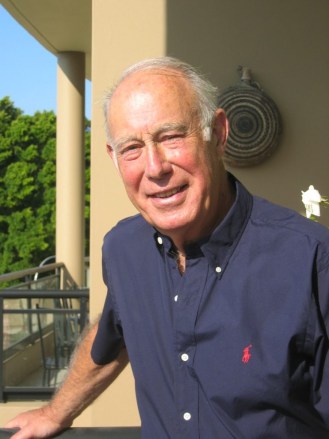
The traditional optimist/pessimist word picture has never been as upfront as in the current atmosphere of economic turbulence throughout the world.
With so much of the printing industry’s inventory dependent on imports and, to a lesser degree, on overseas markets, it is perhaps timely to assess just to what extent the word gloom should be spelt with a capital or a lower case G.
If the share market provides any indications — there are few more direct ones — then don’t hit the caps button on your keyboard in any hurry. On the face of it, there is a steep uphill climb ahead of the world given the 37% market decline from its dizzy December 2007 high point. To return to such heady days of 6,000 plus All Ordinaries index scores that 37% downhill slalom ride needs to reverse and gain 58% to return us to those previous rarified airs, according to the number crunchers.
The wait is rarely interminable
This is where your half empty glass suddenly turns to half full because the same number crunchers and market watchers are quick to point out that, historically, the Australian share market’s track record is one of unfailingly to regain, indeed exceed, its previous peaks. All very well, the realists will respond, but how long can one wait?
These very same analysts point out that the wait is rarely interminable. Respected AMP chief economist, Shane Oliver, is quoted as revealing that since 1960 the bear market phases, both here and in the USA, averaged only about 15 months.
The key to blue skies is what the economic eclectics call the main Accumulation Index (share price growth plus dividends). Historically, the returns of the Australian sharemarket at every month end since January 1950 and held for ten years – – a total of 580 ten-year investment periods — reveal that not one of them showed a loss! The median return over this period was 13.3%, with the most recently recorded one for the period August 1998 to August 2008 a respectable 12%.
A simple glance over the shoulder will demonstrate the recovery rate of recent Australian bear market periods. The 1960 credit squeeze saw a 23% fall; it recovered over half in the first 12 months after the fall. 1973’s oil crisis and property disasters saw the biggest ever fall in values of 59%, gaining 51% of those falls in the following first 12 months. The 1987 share market crash took 50% off the share market’s values but again, its 12 month recovery clawed back 31% of those losses.
Holdings for ten years become close to being capital guaranteed
On average, when the Australian market nears a nadir, its recovery in the following 12 months has averaged 32%. In other words, if you can regain your share holdings for ten years they become close to being capital guaranteed. No wonder then that equities are traditionally the major components of superannuation portfolios.
Comment below to have your say on this story.
If you have a news story or tip-off, get in touch at editorial@sprinter.com.au.
Sign up to the Sprinter newsletter


